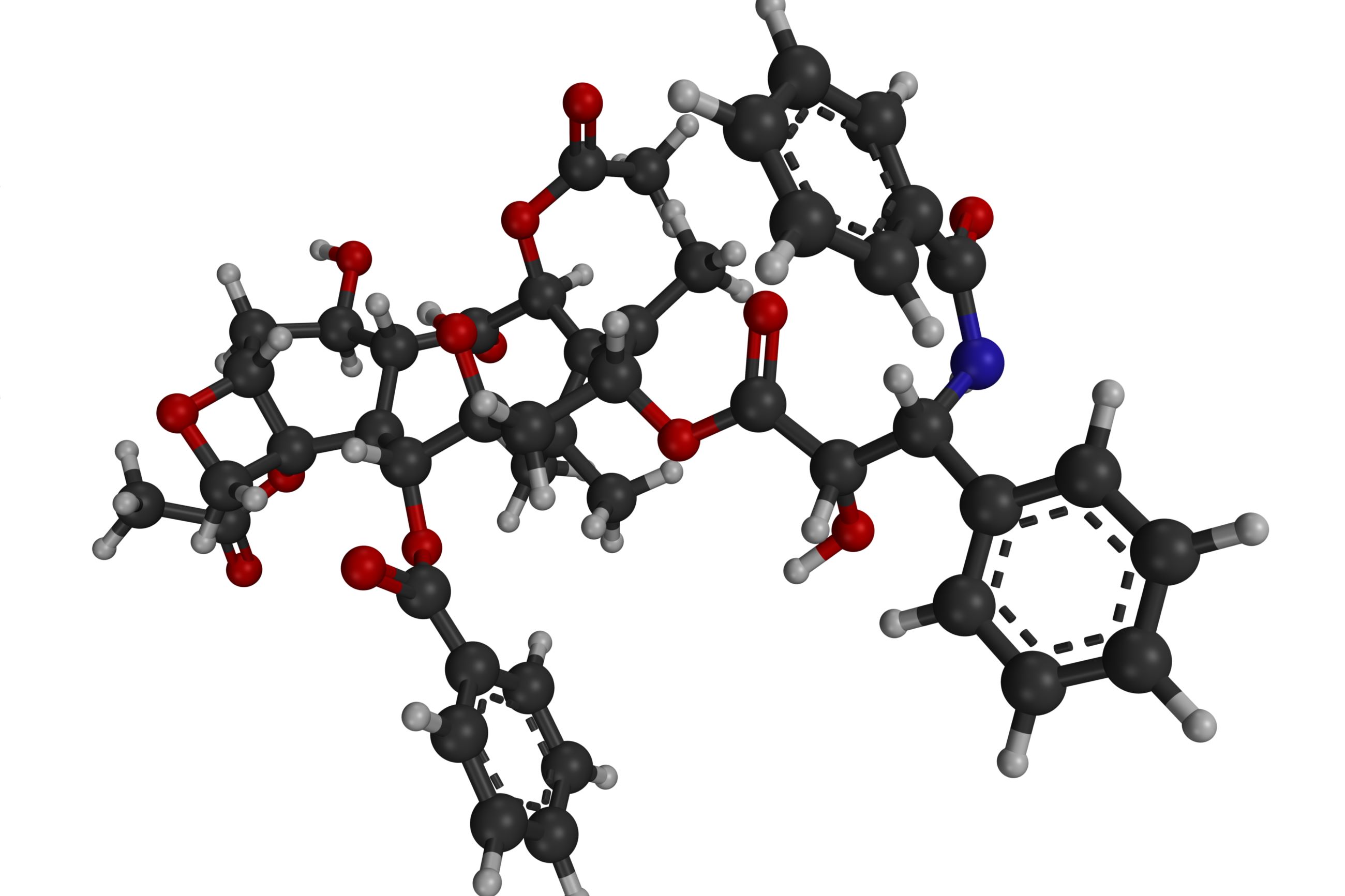
Paclitaxel is a powerful chemotherapy drug used to treat various cancers, including breast, ovarian, and lung cancer. But what makes this medication so special? Paclitaxel works by stopping cancer cells from dividing, which helps to slow or stop the growth of tumors. Derived from the bark of the Pacific yew tree, this drug has a fascinating history and a significant impact on cancer treatment. In this blog post, we'll uncover 50 intriguing facts about Paclitaxel, from its discovery to its side effects. Whether you're a student, a patient, or just curious, these facts will give you a deeper understanding of this life-saving drug.
Key Takeaways:
- Paclitaxel, a chemotherapy drug from the Pacific yew tree, stops cancer cell growth. It has side effects like hair loss and nausea, but recent innovations are improving its delivery and reducing side effects.
- Paclitaxel stabilizes cells to prevent division, affecting cancer cells more. Its history dates back to the 1960s, and ongoing research aims to improve its effectiveness and reduce side effects.
What is Paclitaxel?
Paclitaxel is a chemotherapy drug used to treat various types of cancer. It works by stopping the growth of cancer cells. Here are some interesting facts about this powerful medication.
- Paclitaxel was first discovered in the 1960s.
- It is derived from the bark of the Pacific yew tree.
- The drug was initially called "Taxol."
- Paclitaxel is used to treat breast, ovarian, and lung cancer.
- It works by inhibiting cell division.
- The drug is administered intravenously.
- Paclitaxel can cause side effects like hair loss and nausea.
- It is often used in combination with other chemotherapy drugs.
- The drug was approved by the FDA in 1992.
- Paclitaxel is on the World Health Organization's List of Essential Medicines.
How Paclitaxel Works
Understanding how Paclitaxel works can help patients and caregivers better manage treatment. Here are some key points about its mechanism.
- Paclitaxel stabilizes microtubules in cells.
- This stabilization prevents the cells from dividing.
- Cancer cells are more affected because they divide rapidly.
- The drug also affects normal cells, leading to side effects.
- Paclitaxel is metabolized in the liver.
- It is excreted through urine and feces.
- The drug has a half-life of about 5.8 hours.
- Paclitaxel can cross the blood-brain barrier.
- It is often given in cycles to allow the body to recover.
- The dosage is based on body surface area.
History of Paclitaxel
The history of Paclitaxel is as fascinating as its medical applications. Here are some historical facts.
- The National Cancer Institute funded the initial research.
- The drug was isolated from the Pacific yew tree in 1967.
- Clinical trials began in the late 1970s.
- The drug faced challenges due to supply issues.
- Synthetic versions were developed to meet demand.
- Bristol-Myers Squibb marketed the drug as "Taxol."
- The name was later changed to "Paclitaxel."
- The drug's development was a collaborative effort.
- It took over 30 years from discovery to FDA approval.
- Paclitaxel has saved countless lives since its approval.
Side Effects of Paclitaxel
Like all chemotherapy drugs, Paclitaxel has side effects. Knowing what to expect can help patients prepare.
- Common side effects include hair loss and nausea.
- It can also cause fatigue and weakness.
- Some patients experience neuropathy.
- Allergic reactions are possible but rare.
- Blood cell counts can drop, increasing infection risk.
- Mouth sores may develop during treatment.
- Paclitaxel can cause muscle and joint pain.
- Some patients experience changes in taste.
- Skin reactions like rashes can occur.
- Long-term side effects are still being studied.
Innovations in Paclitaxel Delivery
Recent advancements have improved how Paclitaxel is delivered to patients. Here are some innovative approaches.
- Nanoparticle formulations have been developed.
- These formulations improve drug delivery to tumors.
- Liposomal versions reduce side effects.
- Research is ongoing for oral Paclitaxel.
- Targeted delivery systems are being explored.
- Combination therapies are showing promise.
- Personalized dosing is becoming more common.
- New formulations aim to reduce neuropathy.
- Paclitaxel is being studied for use in other cancers.
- Ongoing research continues to improve its efficacy.
The Final Word on Paclitaxel
Paclitaxel, a powerful chemotherapy drug, has transformed cancer treatment. It’s derived from the Pacific yew tree and works by stopping cancer cells from dividing. This drug treats various cancers, including breast, ovarian, and lung cancer. Despite its effectiveness, paclitaxel can cause side effects like hair loss, nausea, and neuropathy. Researchers continue to study ways to reduce these side effects and improve patient outcomes.
Understanding paclitaxel’s role in cancer therapy helps patients and caregivers make informed decisions. Staying updated on the latest research and treatment options is crucial. Always consult healthcare professionals for personalized advice and support.
Paclitaxel remains a cornerstone in the fight against cancer, offering hope and extending lives. Its journey from tree bark to lifesaving medication highlights the incredible advancements in medical science. Keep learning, stay informed, and support ongoing research efforts to combat cancer.
Frequently Asked Questions
Was this page helpful?
Our commitment to delivering trustworthy and engaging content is at the heart of what we do. Each fact on our site is contributed by real users like you, bringing a wealth of diverse insights and information. To ensure the highest standards of accuracy and reliability, our dedicated editors meticulously review each submission. This process guarantees that the facts we share are not only fascinating but also credible. Trust in our commitment to quality and authenticity as you explore and learn with us.
